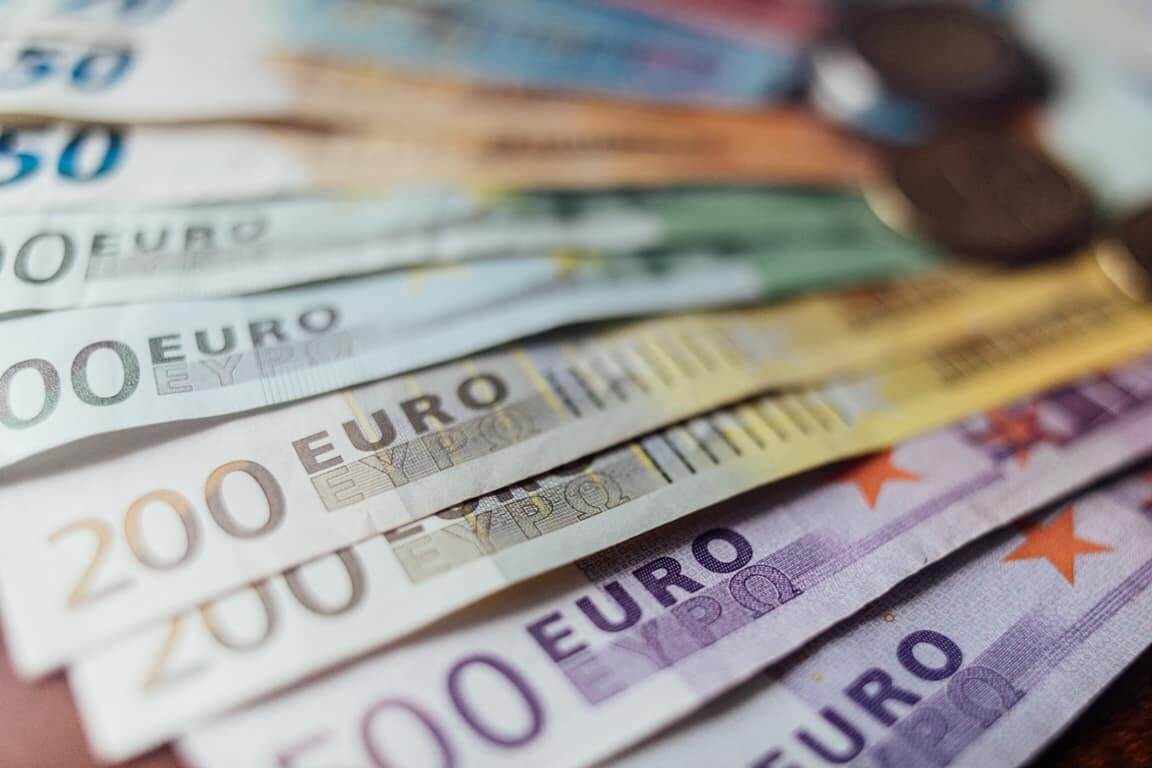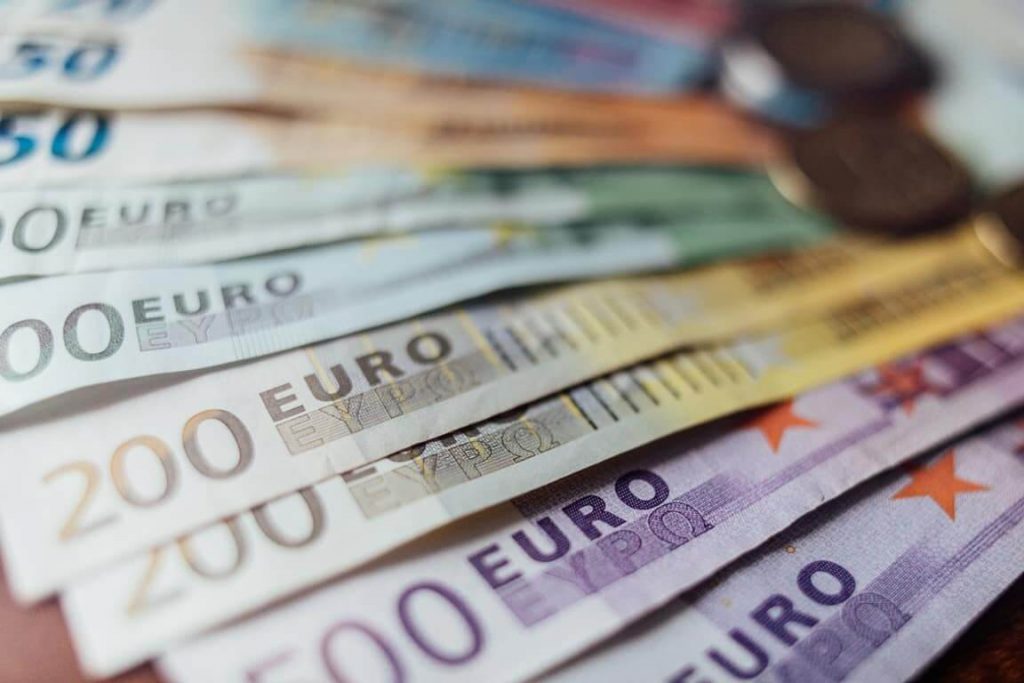
The Euro Is at A Two-Decade Low Against the US Dollar
Tuesday morning, the euro was trading at a two-decade low of 0.9903 against the US dollar, with many anticipating the single currency will continue to fall.
When comparing the euro with the dollar, numerous factors are at work. These include the current conflict in Ukraine and rising inflation in both countries.
Wholesale gas prices in Europe increased substantially on Monday after Russia announced unannounced maintenance on Nord Stream 1, its main pipeline to Germany. At the same time, heat waves added to the strain on the energy supply.
It would help if you went outside Europe and the United States to see the entire picture. However, the dollar’s surge may not persist. Overall, the dollar rise may have gone as far as it can on current news.
That isn’t to say that Europe’s energy troubles, China’s economic weakness and policy easing, and US job/inflation figures can’t push it much higher. And Europe should be able to recover from its difficulties.
In the United States, the projection is to reduce inflation to 3% on an annualized basis. Nevertheless, attempts to achieve this may cause minor disruptions in the market. Hence, industry experts worldwide are preparing tactics to deploy to remain robust. The EU’s economic attitude is also a stark reality for Americans. Inflation has remained high, and despite efforts to keep the inflation figure stable in July, the market remains concerned about the Fed’s probable response to the yet-to-be-capped inflation.
The Russian ruble strengthened marginally against the dollar on Tuesday, as shares in prominent internet business Yandex outperformed the market after the company announced the sale of some assets to state-controlled rival VK.
The ruble was 0.2% higher against the dollar at 58.80. It was up from 61.41 on Friday, as it retreated from a near four-week high of 58.70.


